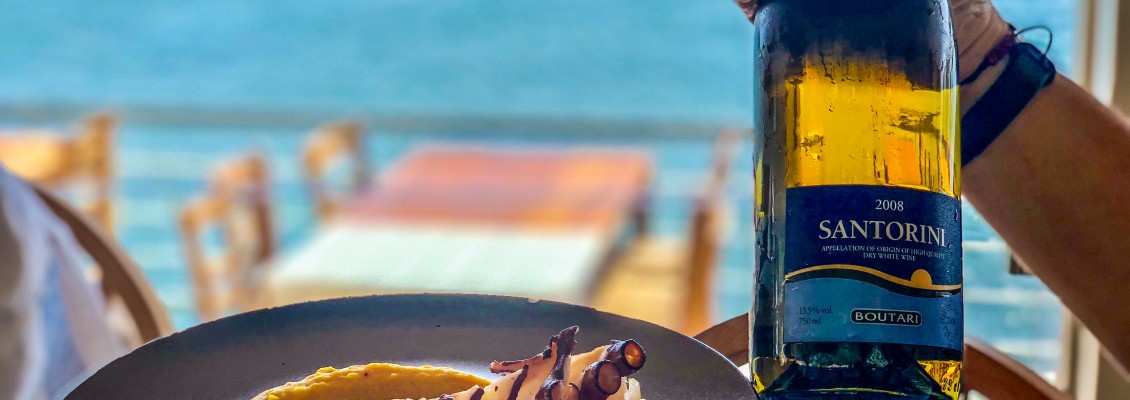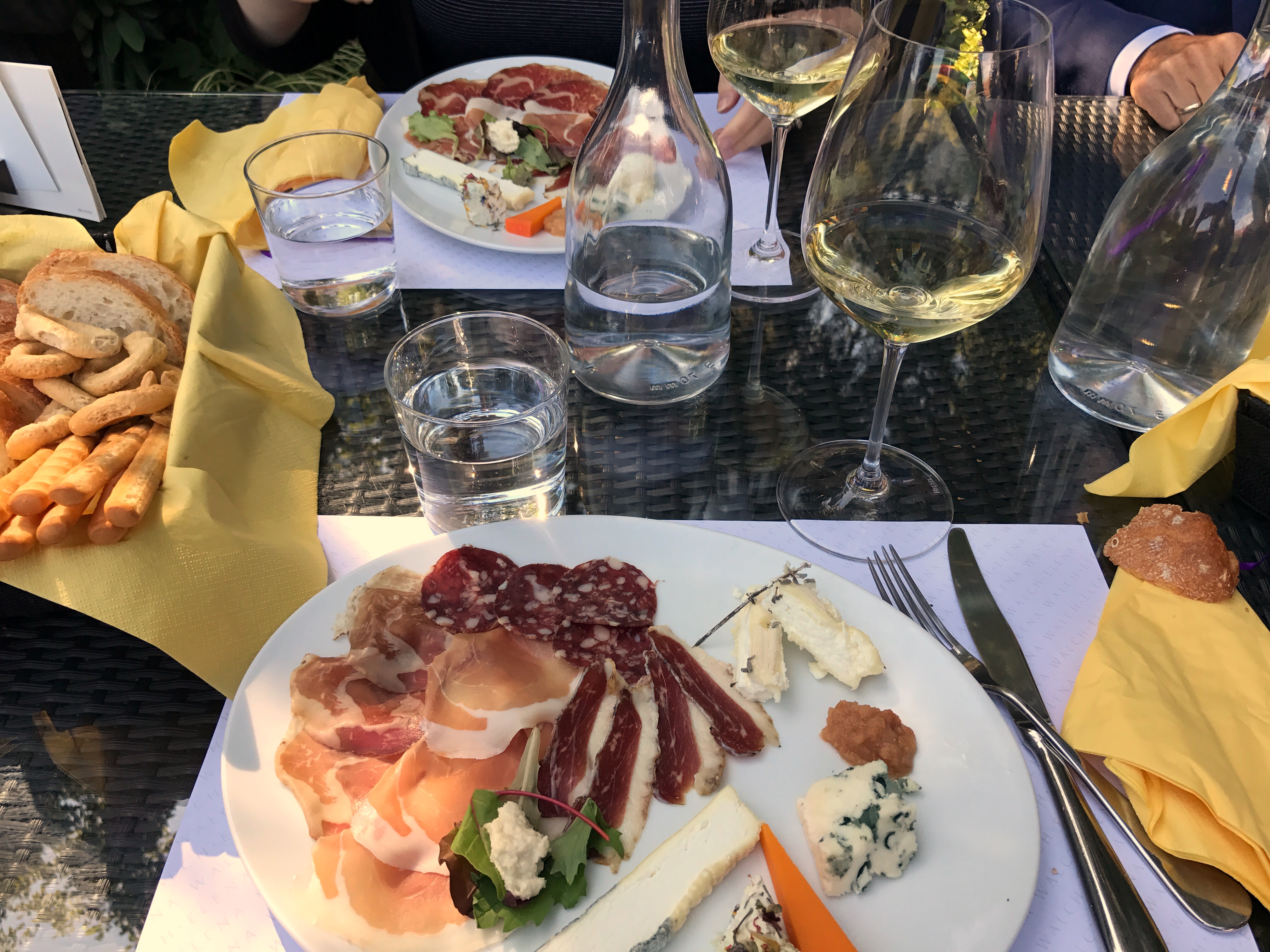Greek Wine Enjoyment Guide: Pairing wine with food

A topic that holds great interest and occasionally sparks debates is the so-called wine pairings. How to pair wine with food, which in its ultimate expression is a form of art. Because it creates unprecedented feelings and intrigues the mind along with the taste buds.
While, certainly, analyzing the subject in depth can be overwhelming, like experiencing vertigo as James Stewart did in Hitchcock's famous movie, we will feel much safer and interactive with the combinations if we understand what's happening. This requires experimentation and studying books written on the topic.
On the other hand, for the purpose of this column, we want to keep things simple and understandable, not discussing acidities that match perfectly or stubborn tannins. We won't even talk about the body of the wine, which should correspondingly match with the dish, but we will move to practical solutions that you can easily try at home.

Tip #1
If you can add lemon to the food, try an unoaked white.
In practice: Green salad with Moschofilero or small fried fish with Assyrtiko or Robola.
Tip #2
If there is butter in the dish, the solution screams for an oaked wine.
In practice: Cheese pie with oaked Chardonnay, Assyrtiko, or Vidiano.
Tip #3
The more intense the red meat, the richer the red wine you choose.
In practice: Lamb lovers should find a full-bodied Xinomavro, a Cabernet Sauvignon, or another wine where you can equally chew on the tannins.
Tip #4
With fish, you can try a soft red or rosé when it is thick and fatty (tuna, grouper, pelagic sea bream, anchovy, sturgeon). The same applies to octopus.
In practice: Grilled grouper with Limniona or a Pinot Noir.
Tip #5
Try to make a dish lighter, meaning don't add another dish next to the existing one.
In practice: You can eat a rich carbonara with a rich oaked Chardonnay but might quickly get tired. Conversely, with a Chablis or an Assyrtiko, the result will be more charming.
Tip #6
Sweet with salty is always a winner. Like the wonderful combinations of feta with watermelon or prosciutto with melon.
In practice: Salty cheeses with sweet wines.
Tip #7
Cheeses are harder to pair than you might think. Fresh cheeses with a mild taste certainly go well with delicate wines (mostly white), while aged cheeses require wines with a richer body (including reds).
In these tips, I'd like to add a tasting exercise that encapsulates the philosophy of pairing in a dish and how everything is interconnected. Let's speak Italian for this example, though it can be adapted to Greek. Prosciutto for the salty part, alternatively anchovy. Mozzarella for the sweetness. And cherry tomatoes for the acidity. The ultimate combination in one bite.
Of course, one might say that, ultimately, the essence is the experience, the table, the friends, the company, and the atmosphere. Absolutely. And the above tips provide ideas for maximizing these aspects!